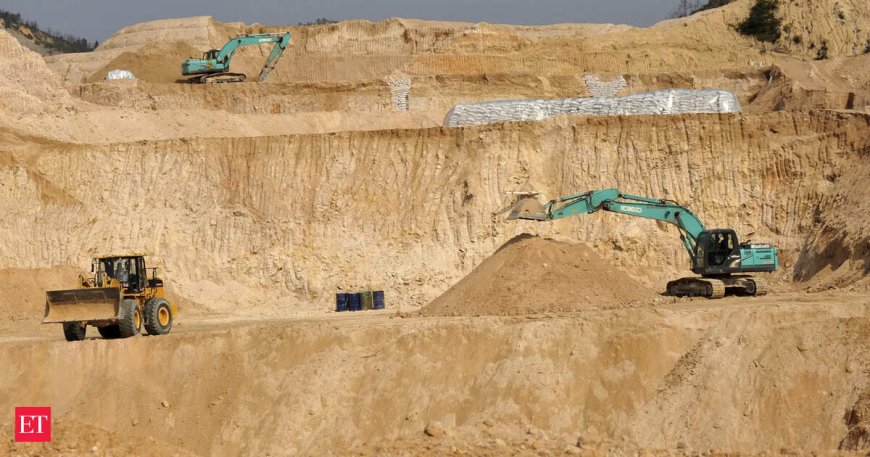Mahindra and Minda Plan to Produce Rare Earth Magnets Locally to Reduce Dependence on China
Indian auto company Mahindra & Mahindra and parts maker Uno Minda are considering manufacturing rare earth magnets in India to reduce reliance on China. The move comes as China, the main producer of these magnets, imposed export restrictions. The Indian government is offering incentives to promote domestic production of these critical components for electric vehicles and electronics.

Indian auto company Mahindra & Mahindra and parts maker Uno Minda are planning to produce rare earth magnets locally to reduce dependence on China. China, the main producer of rare earth magnets, imposed export restrictions in April. Although China has resumed some supplies to the US and Europe, Indian companies are still waiting for clearance from Beijing.
This disruption has led the Indian government to consider building stockpiles of magnets and providing incentives for domestic production. Prime Minister Narendra Modi's administration is encouraging companies like Mahindra to invest in rare earth magnet production to support the manufacturing of electric vehicles and electronics.
Mahindra has expressed interest in partnering with a local supplier or investing in magnet production. Uno Minda, a parts supplier for major carmakers in India, is also interested in local magnet manufacturing. Sona Comstar, another component maker, has shown interest in making magnets domestically.
The availability of raw materials in India is not a major challenge, as the country has significant reserves of rare earth minerals. However, the mining process is controlled by the government through IREL. The government is considering expanding domestic mining and processing to reduce reliance on imports.
India is also exploring partnerships with Central Asian countries and studying rare earth resources in Myanmar to secure raw materials. The timeline for investment in magnet production will depend on government incentives and raw material availability.
According to the source: The Economic Times.
What's Your Reaction?
 Like
0
Like
0
 Dislike
0
Dislike
0
 Love
0
Love
0
 Funny
0
Funny
0
 Angry
0
Angry
0
 Sad
0
Sad
0
 Wow
0
Wow
0













































































































































































